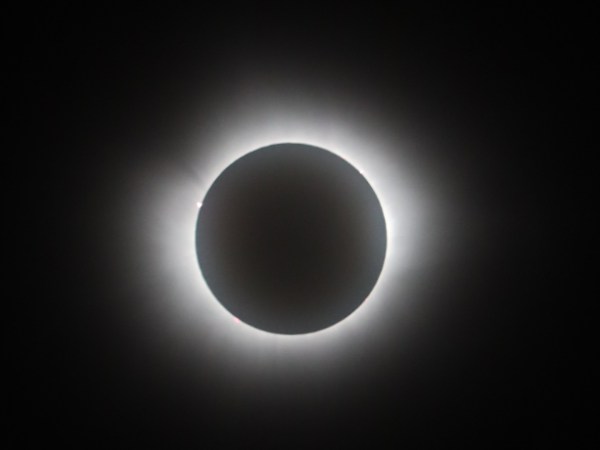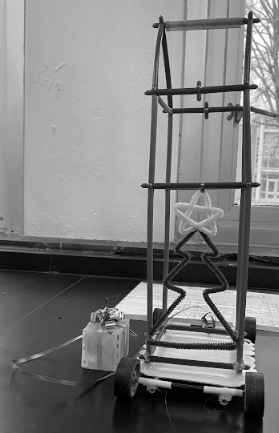Finding ways to filter our pond; Innovative test to find muscles
September 28, 2021
The North Harford campus is home to various animals and nature areas, including the pond, which is located on the backside of the school behind the barn.
The pond is in a high state of nitrification. Scientists report that this happens when there is a surplus of nutrients contributed by decaying leaves and animals, causing ammonium to get changed into nitrates by the bacteria, says science teacher Mrs. Laura O’Leary.
“When a plant or animal dies, decomposers like fungi and bacteria turn the nitrogen back into ammonium so it can reenter the nitrogen cycle. Nutrients, such as nitrogen and phosphorus, occur naturally, but most of the nutrients in our waterways come from human activities and sources fertilizers, wastewater, automobile exhaust, animal waste,” states Khan Academy.
Examples of this organic debris is leaves, lawn clippings, and dead fish or insects which will break down, forming ammonia as a byproduct, starting the cycle of de-nitrification again. Reducing the amount of plant debris in your pond by using a skimmer filtration system and removing plant leaves and debris before it enters the pond.
According to scientists, in many cases, the amount of nitrate in the water is what limits how much plants and algae can grow. If there is an excess level of nitrates, plants and algae will grow excessively. An excess in the growth of plants and algae create an unstable amount of dissolved oxygen.
Scientists report mussels feed on the nitrification that forms in these waterways. Mussel is the common name used for the members of several families of bivalve molluscs, from saltwater and freshwater habitats.
Mrs. O’leary questions whether the nitrification levels have a role in the kill off the muscle population in the pond? Thus leading to the idea to place what looks like four laundry baskets with pool noodles holding them up. If there are muscles left in the pond, these devices will catch them.
Mrs O`Leary states that both her and a group of her students are working with a mussel lab gentleman to improve their study.
Another problem with the pond was later found and it is called Eutrophication. “Eutrophication sets off a chain reaction in the ecosystem, starting with an overabundance of algae and plants. The excess algae and plant matter eventually decompose, producing large amounts of carbon dioxide. This lowers the pH of seawater, a process known as ocean acidification”, as explained by Mrs O’Leary.
Biology Libretext reports “Nitrification is extremely energetically poor leading to very slow growth rates for both types of organisms. Oxygen is required in ammonium and nitrite oxidation; ammonia-oxidizing and nitrite-oxidizing bacteria are aerobes.”
With these factors it makes it extremely difficult for wildlife to survive in these environments. But on the other hand Nitrification is a very important part of the nitrogen cycle, because for most plants nitrate is the preferred chemical form of nitrogen uptake from soil or water.












